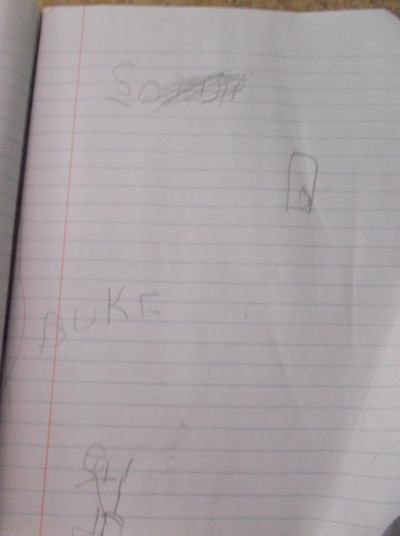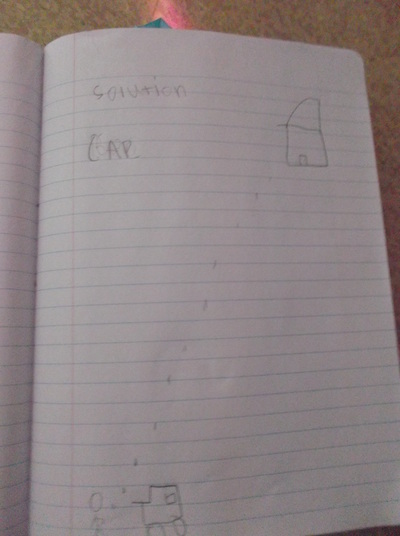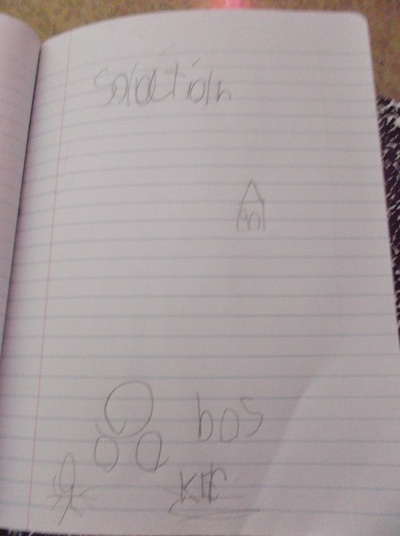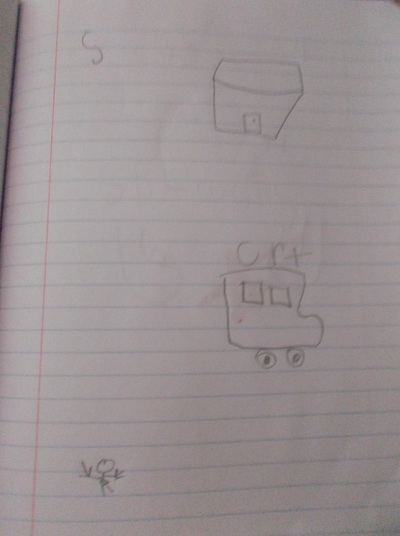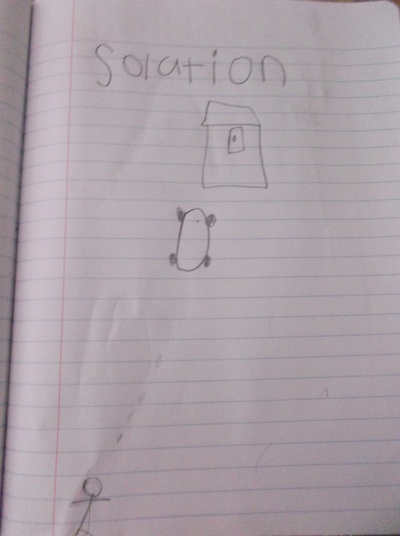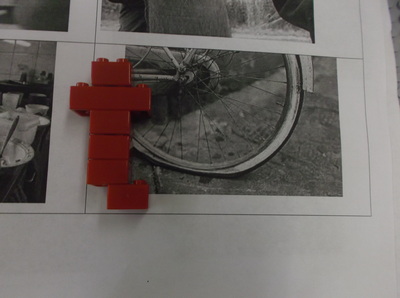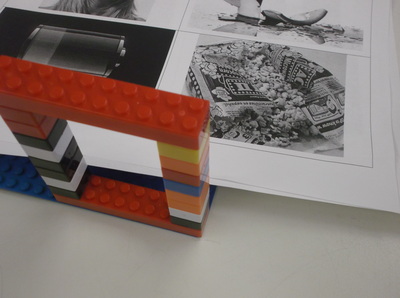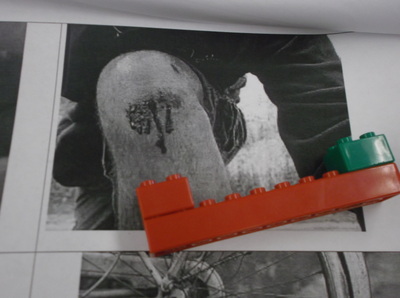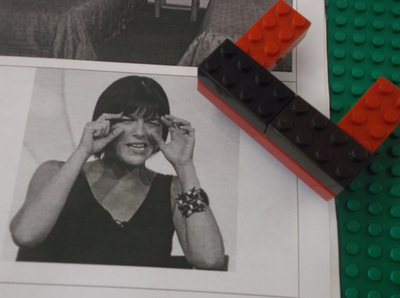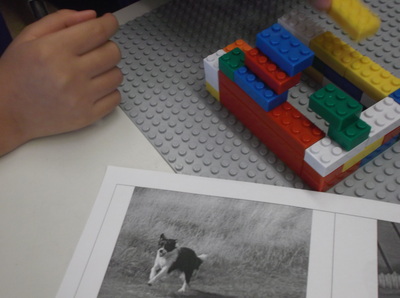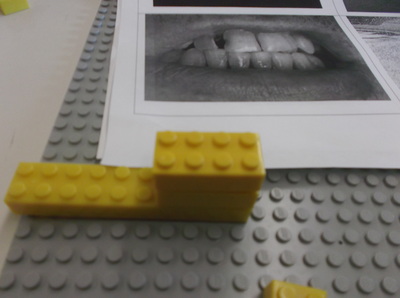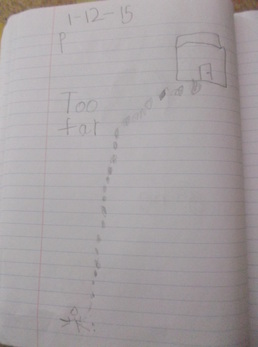
Kindergartners are learning that the technologies engineers develop are human-made, non-living, and can be designed to meet needs or wants. They also know that engineers are problem solvers, thinking about how technologies can be the solutions to all kinds of problems around us!
Our focus this week is learning how there can be more than one solution to a problem, and that's okay! Engineers are creative by nature!
Check out the example below. Mrs. Brinza found herself too far from home, unable to walk. What technologies can engineers design to help her get home safely?
Our focus this week is learning how there can be more than one solution to a problem, and that's okay! Engineers are creative by nature!
Check out the example below. Mrs. Brinza found herself too far from home, unable to walk. What technologies can engineers design to help her get home safely?
